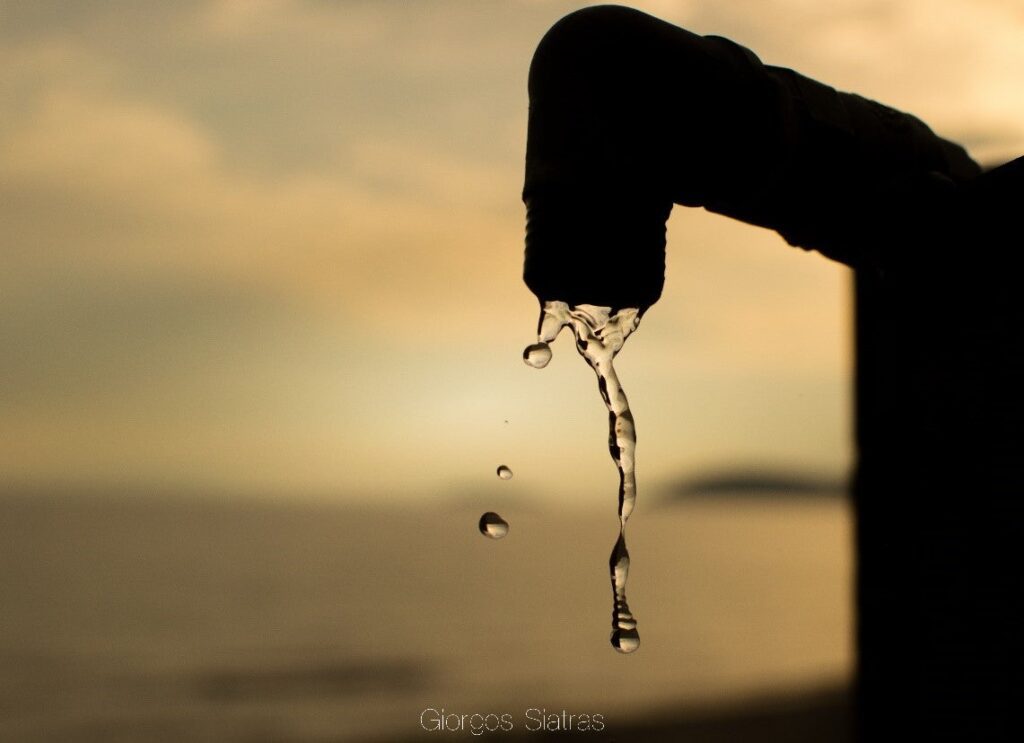

April 20, 2018 Blog Environment




Photo Credit: Giorgos Siatras, Creative Commons
By George Lindemann
Cape Town is experiencing an unprecedented water shortage. The city is racing against the clock trying to stave off Day Zero – the day when the government will literally turn off the water pipes. What lessons must we in Miami-Dade learn from this impeding South African calamity?
When is Miami-Dade’s Day Zero? Do we know? Should we care? Current modeling suggests our water supply will hold strong through 2035. That’s great. Except for the fact that it’s only a forecast; and fifteen years can go by swiftly.
When our highway infrastructure decays, potholes emerge, trips get longer and bumpier, and transportation costs go up. When the taps run out of water… you can imagine what might happen then.
Our planet is facing a global water challenge. But water poses regional challenges that require regional solutions. Is there anything Miami-Dade can learn from Cape Town? Yes and no.
Here are six factors leading to Day Zero in Cape Town and their applicability in and lessons for Miami-Dade:
Cape Town: Cape Town’s water supply is mainly rain fed dams. There’s been an unprecedented drought over the last three years.
Miami-Dade: In Miami-Dade our average rainfall is 60 inches a year. For our climate, the word drought doesn’t come into our vocabulary until we reach 40-45 inches a year. Compared to Cape Town, that’s still very wet. If and until global warming drastically changes our rain patterns, Miami-Dade should have enough raw material (water) to work with.
Cape Town: Forecasting for water needs and supplies in Cape Town was done on past weather patterns. Potential climate change was not fully integrated into water modeling. The fact that there might be less rain in future years was not adequately anticipated. As a result, there was not enough proactive government led initiatives to combat the crisis to come.
Miami-Dade: In Miami-Dade, our weather bureau network is more sophisticated and more extensive. We have more tools at our disposal enabling us to collect more data. More data equates to more accurate forecasting.
Cape Town: The last few decades have seen big leaps in population growth in Cape Town.
Miami-Dade: Miami-Dade has also seen growth, but its growth has come mostly from people moving to the county as opposed to growth from within. If water became an issue, people would stop coming. Nonetheless, we are still growing. Water modeling is currently paired with population growth modeling as we plan for the future.
Cape Town: Cape Town’s water piping infrastructure is ancient, overburdened, and wildly inefficient.
Miami-Dade: Our infrastructure is better than Cape Town’s for sure, but it is still aging and inefficient. Like Cape Town, our pipes are falling apart. They are also inefficiently designed. The majority of our waste water plants are on the east side of the county. Dirty water is transported from the west to facilities in the east. Most of our golf courses, for example, are in western Dade County. It makes much better sense for reuse plants to be located closer to their intended end users. Dade County has the lowest percentage of waste water reuse in the state. That tells us the infrastructure we have in place is not sufficient for today, let alone tomorrow. We can fix this problem and re-use a good amount of our dirty water. We need to spend money now to achieve this goal.
Cape Town: Conservation efforts and awareness campaigns started late in Cape Town, so people were not saving water as aggressively as they could have been.
Miami-Dade: Here’s a big lesson for us. Start early. Build awareness and buy-in of conservation efforts and start changing water use habits now. We have amazing communications tools at our disposal. We can easily connect and engage with people in our communities to begin swaying human behavior. Let’s start the public awareness efforts. Let’s educate people NOW about how they can stave off Day Zero with shorter showers, less lawn watering, less toilet flushing, and other easy changes to our human behavior.
Cape Town: Beyond rain fed dams, Cape Town doesn’t have other water resources to tap into. Desalination efforts are vastly underfunded and tapping into the groundwater reserves for drinking water would endanger agriculture and cause a food crisis.
Miami-Dade: In Miami-Dade, we have rainfall and an aquifer. We have a canal system which if managed correctly can keep the salt-sea water away from our drinking supply. Unlike Cape Town, we have several water sources.
Luckily, in Miami-Dade, we do not face all of the challenges that have brought Cape Town to the brink of Day Zero. But we can’t be complacent. Right now, we have the opportunity to get ahead of this – to plan for the future so we never reach Day Zero. The lessons to take away from Cape Town today are simple but vital. We must harness our forecasting abilities to gather the best intelligence we can. We must use this information to plan thoughtfully for the future. We need to invest in our infrastructure now and we need to change our own behaviors so everyone is doing their part. Let’s never get to zero.
George Lindemann is the General Manager of BC Property, a Partner in the Lake Point Restoration Project, and President of The Bass Board of Directors. He writes frequently about issues related to the environment, culture, and community enrichment.




April 25 2023 Blog Environment
Some scientists estimate that native grasslands have declined by as much as 99 percent. By some estimates, this resulted in three billion fewer birds on the landscape than 50 years ago. This has harmed both the eastern meadowlark and the bobwhite which are both found on Coal Creek.


April 20 2023 Blog Environment
Historically, open savannas and woodlands were largely maintained by periodic fire, which served to remove dense blankets of accumulated leaf litter from the ground and promote the growth of fire-adapted trees, such as shortleaf pine. Due to the loss of periodic fire, it is estimated that at least 90% of shortleaf pine-oak savanna has been lost.